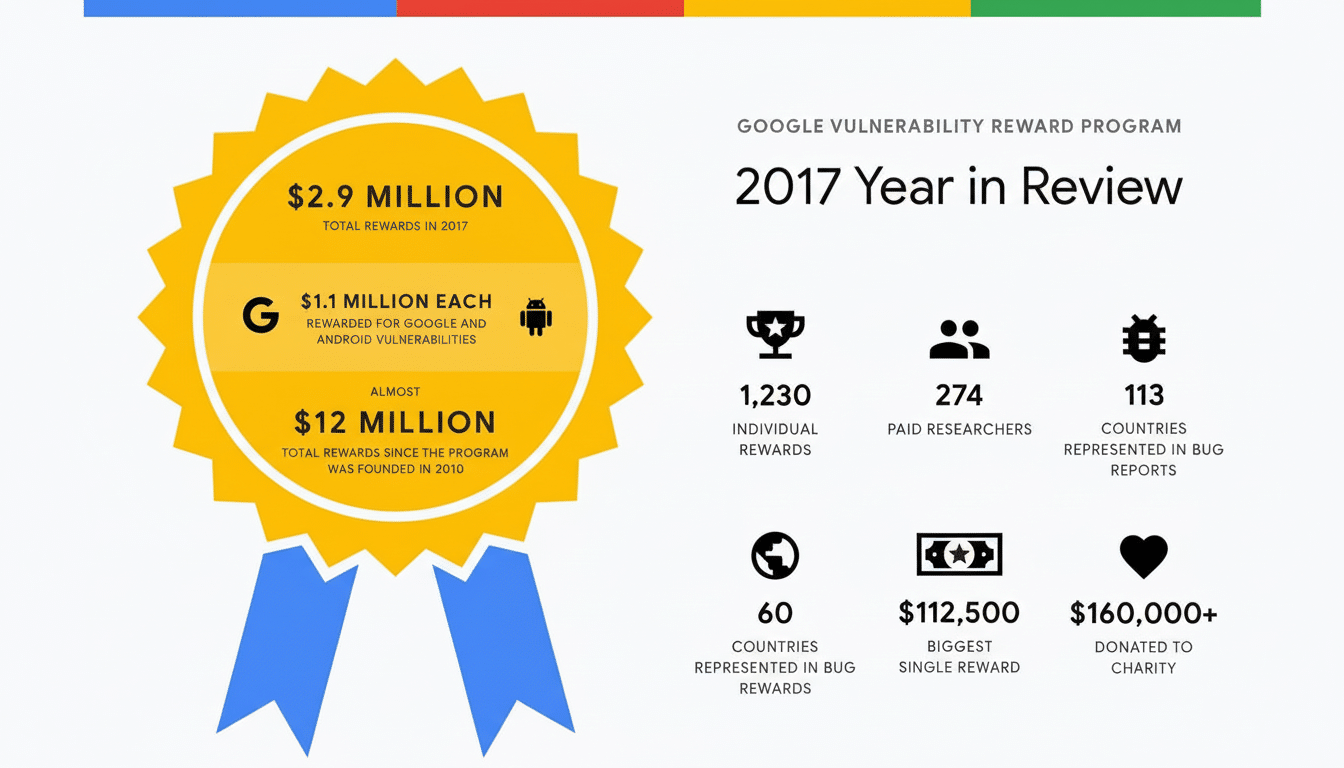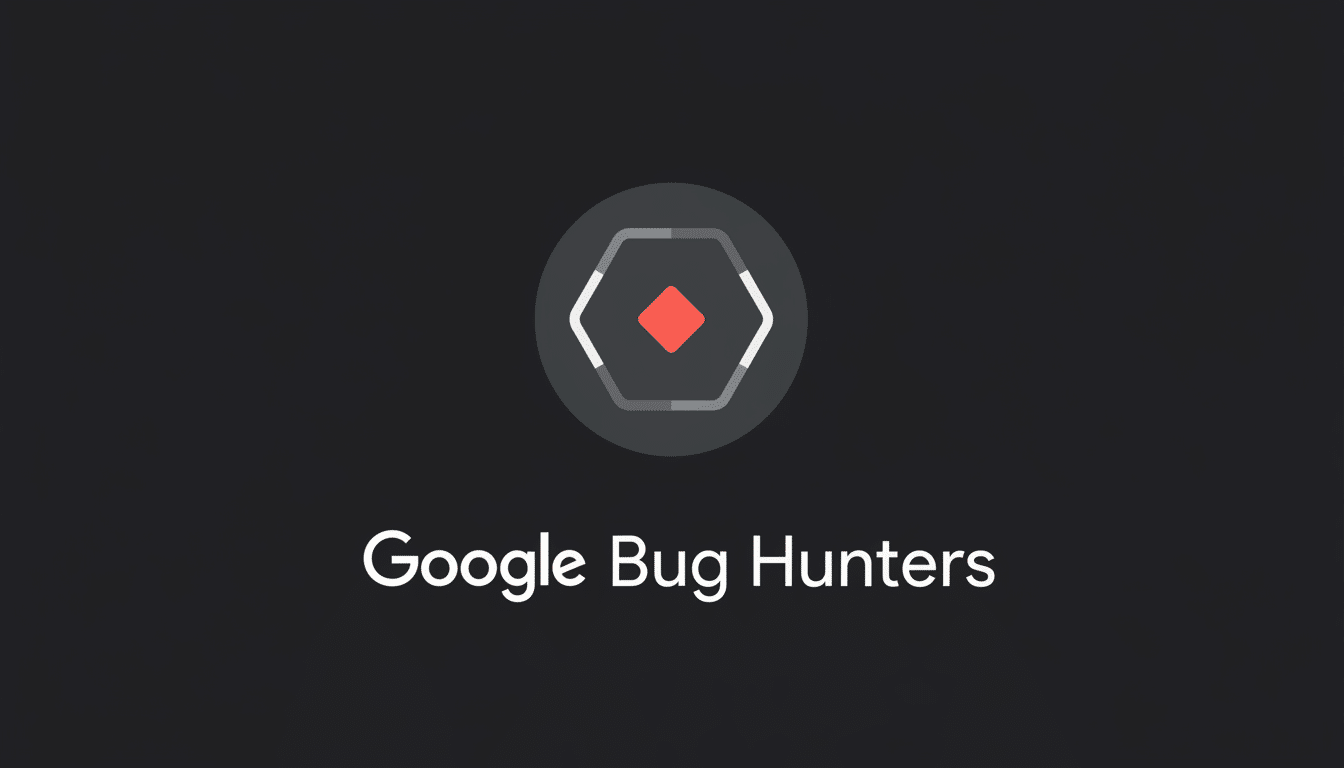Google has extended its search for high-impact bugs to the ecosystem in which its AI systems operate, with payouts for finding proof of bad bias under its long-running Vulnerability Reward Program. Its top rewards, as high as $20,000, are aimed at exploits that go beyond playful jailbreaks and into territory that threatens user data, account integrity — or even the integrity of Google’s AI systems themselves.
What Google Will Pay For Under Its AI Bug Bounty
The curriculum focuses on AI-specific vulnerabilities, where model behavior can be exploited. These include prompt-injection chains that make Gemini leak sensitive write-ups or execute actions outside the scope of its intent; model or system prompt exfiltration that reveals proprietary defenses; and model manipulation by which outputs can be modified in a way, such as to support a fraudulent operation, phishing effort, or policy-avoidant data.

Problems that affect our flagship surfaces — for example, AI Mode in Search and the Gemini app — receive the highest rewards when the effect can be demonstrated to be repeatable. Imagine situations where you dupe Gemini into featuring a very believable phishing link in search result summaries, pressure it to serve up private content through linked tools, or suss out details regarding the model’s physical instructions that meaningfully hamstring security.
On the other hand, “funny” jailbreaks that simply deliver embarrassing answers, or harmless prompt wiggles that skirt style rules without doing any harm, won’t be eligible for top-tier rewards. As with classic vulnerability triaging, severity depends on whether it can be exploited and how high the impact is in the real world.
Why These Attacks Matter For Gemini And User Safety
Contemporary AI systems do not function alone. Gemini can browse, summarize, and interface with other Google services — so a sly query could pivot from language to action. And security teams are concerned about indirect prompt injection — malicious instructions embedded in web pages or documents that a model reads — because it can subtly redirect outputs or steal data the user never meant to share.
The concerns are supported by academic and industry research. The OWASP Top 10 for Large Language Model Applications lists prompt injection, data leakage, and insecure plugin/tooling as top risks. Reality check: MITRE’s ATLAS knowledge base documents real adversarial ML maneuvers ranging from model inversion to data poisoning. And as researchers at Carnegie Mellon University have demonstrated, adversarial suffixes can repeatedly break guardrails across model families, illustrating the importance of ongoing red teaming.
With AI responses now driving what users see, even low-level machinations can amplify harm. Just one adversarial snippet on a popular site could bias thousands of summaries or recommendations. That’s part of why the work focuses on exploits that have a material effect on behavior, as opposed to simply showing that an instruction or operation could be bent.
Examples Of High-Impact Findings Google Will Reward
Likely examples that would qualify for increasingly higher rewards include:

- Downstream prompt injection (e.g., indirect prompt injections which force Gemini to leak private content from a connected account)
- Extraction of hidden system prompts or sensitive model metadata which undermines safety measures
- Techniques which consistently bypass content protections in order to enable illegal facilitation or targeted harassment at scale
Also included are attacks that induce unsafe tool use — such as exploiting a browsing or code-execution tool to pull data from unauthorized sources — and manipulation of calibration and grounding for data pipelines that would generate biased or deceitful outputs. And if the assault results in phishing, fraud, or account compromise from AI-generated content, the use case becomes stronger.
How To Participate Responsibly In Google’s AI VRP
As is the case with any coordinated vulnerability disclosure, there are rules:
- Test only with your own accounts.
- Don’t access real user data.
- Restrict experiments to the approved scope.
The more detailed, reproducible, and low-effort to verify, with clear evidence of impact, the more a proposal tends to receive in rewards. Proposals should be supported by a proof of concept that demonstrates potential to cause harm without extensive spillovers.
Submissions go through Google’s established bug hunter channels, and AI issues are triaged along with traditional security bugs. The program is focusing on problems that can be verified and corrected, not speculative issues or content-policy debates that don’t have an avenue for exploitation.
The Industry Context For AI Bug Bounties And Safety
Google is not the only one to formalize AI bug bounties. Other big vendors, such as Microsoft and OpenAI, have had programs to pay out for discoveries in AI assistants, plugins, and model integrations. Regulators and standards bodies, from NIST’s AI Risk Management Framework to ISO’s AI safety work, are pushing for systematic testing and documentation. The trajectory is set: ad hoc red teaming practices for AI security are transitioning to disciplined and continuous assurance.
Bug bounties are not a silver bullet, but they enable a global community to explore real systems under real constraints. For Gemini, paying for high-impact reports means guardrails should exist not just against clever prompts, but against creative, adversarial pressure with high stakes: user trust, the security of data, and the credibility of AI-assisted search.
The message to researchers is straightforward: break Gemini in a way that really matters, show your work — responsibly — and you could be rewarded for helping secure it.

